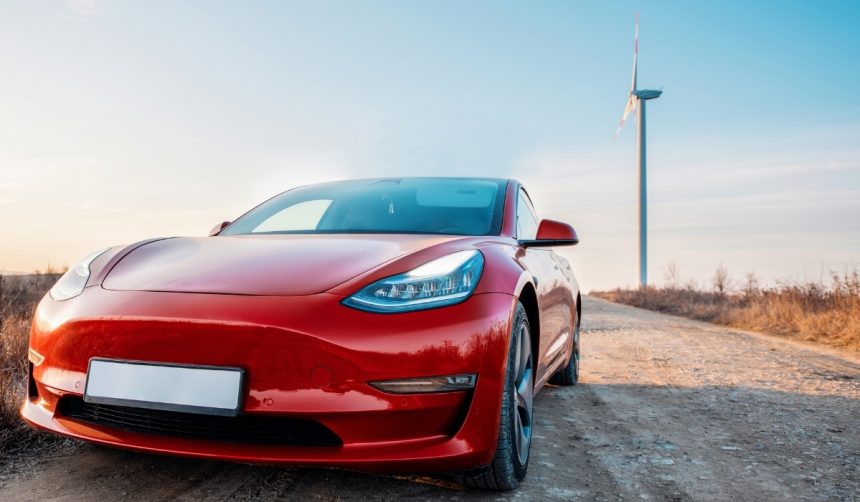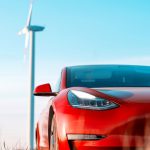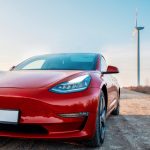In a move reflecting Tesla’s ongoing focus on functionality and convenience, the company introduced Vehicle-to-Load (V2L) capability to its Model Y L via a recent over-the-air software update for Chinese customers. This feature allows owners to supply power from their EV to external devices, offering practical solutions for users who might need electricity for appliances or tools while away from home. The update comes at a time of increasing competition within the Chinese electric SUV market, where versatility and software-driven features can quickly influence consumer preferences.
Earlier coverage on Tesla’s Model Y L in China often focused on its sales performance and comparisons to domestic competitors, rather than on new software features. Many automakers such as BYD and NIO have previously promoted V2L or vehicle-to-grid (V2G) functionalities, yet Tesla refrained from offering such capabilities in its mainstream models until now. The company’s approach with this update aligns more closely with emerging local expectations for multipurpose electric vehicles, signaling an adjustment to meet market standards rather than setting them uniquely. While its competitors initially leveraged hardware-based solutions, Tesla’s use of over-the-air updates continues to differentiate its strategy in terms of software integration and upgradeability.
What Does the Latest Tesla Update Offer?
Tesla’s 2025.32.300 software update for the Model Y L brings V2L functionality to vehicles in China. This new external discharge feature, accessed through an official adapter set to be available later, can allow the Model Y L to provide electricity to devices such as outdoor appliances and small power tools. Alongside this, Tesla also introduced enhancements such as lower Dog Mode temperature thresholds, customizable low-battery settings, and expanded vehicle entertainment options. The rollout of these features may depend on both region and individual vehicle configurations.
How Does V2L Impact Model Y L’s Everyday Use?
By enabling V2L, the Model Y L can serve as a mobile power source, offering benefits in diverse settings including camping, emergencies, or outdoor workspaces. Owners would be able to power external electronics directly from the car’s battery, increasing flexibility in how the vehicle can be used. According to Tesla, certain uses will depend on the forthcoming adapter and model configuration. The company stated,
“With our new external discharge functionality, Model Y L owners in China can directly power devices and appliances using their vehicles.”
Will These Features Affect Tesla’s Standing Among Chinese SUVs?
Tesla’s Model Y L has shown strong sales performance, reaching the fourth spot among mid-to-large SUVs in China during September, despite its premium pricing. The addition of practical features through software updates sets the Model Y L apart from many local offerings, helping to solidify its value proposition. Company representatives remarked,
“We’re committed to expanding convenience and customization for our customers through ongoing software updates.”
With these improvements, Tesla aims to maintain and potentially increase its market share as competition in this segment intensifies.
Growing demand for versatile EVs has prompted several automakers to deliver similar vehicle-to-load functions, indicating a trend of prioritizing user flexibility. Tesla’s commitment to over-the-air updates not only extends the usefulness of its vehicles but also reduces dependency on hardware upgrades, which often require service visits or additional costs. Customers interested in maximizing the practical applications of their EVs may see such updates as a key differentiator. For users considering the Model Y L, awareness of these capabilities informs a broader perspective on the electrification trend and the shifting standards for what SUVs can do. Monitoring future release notes and updates from Tesla—as well as from competitors—could prove useful for potential buyers wanting access to evolving features.








